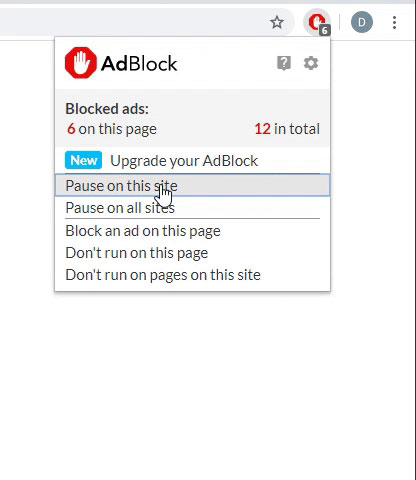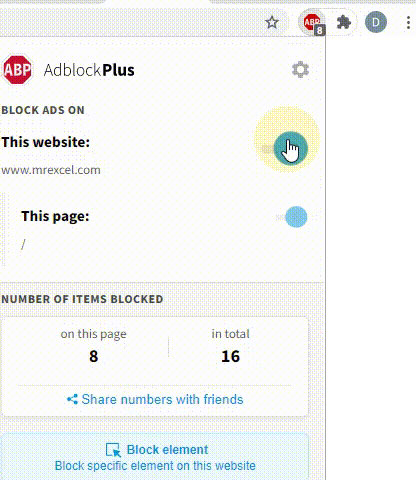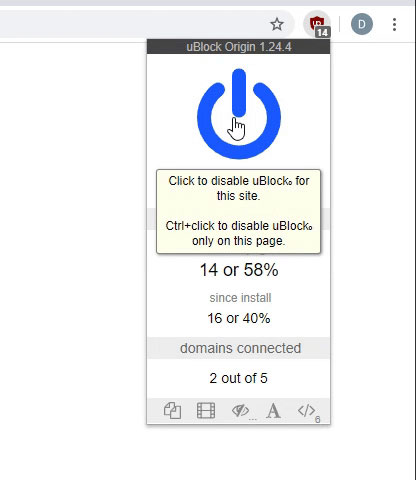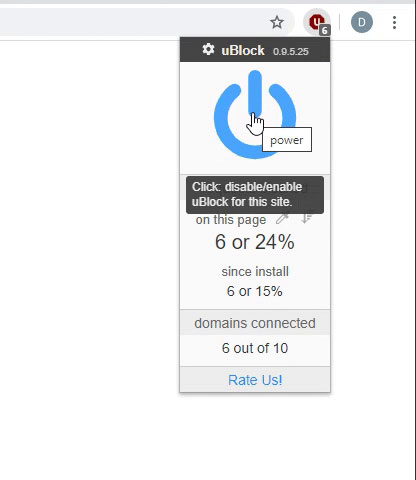i am able to easily create hyperlinks in excel to create a mailto: link such as:
"mailto:someone@somewhere.com?subject=Comments from Mailto Syntax Page&body=this is the body"
can someone help me create a macro that will generate the same Outlook email message?
thanks.
"mailto:someone@somewhere.com?subject=Comments from Mailto Syntax Page&body=this is the body"
can someone help me create a macro that will generate the same Outlook email message?
thanks.





